You are currently viewing SemiWiki as a guest which gives you limited access to the site. To view blog comments and experience other SemiWiki features you must be a registered member. Registration is fast, simple, and absolutely free so please,
join our community today!
WP_Term Object
(
[term_id] => 178
[name] => IP
[slug] => ip
[term_group] => 0
[term_taxonomy_id] => 178
[taxonomy] => category
[description] => Semiconductor Intellectual Property
[parent] => 0
[count] => 1861
[filter] => raw
[cat_ID] => 178
[category_count] => 1861
[category_description] => Semiconductor Intellectual Property
[cat_name] => IP
[category_nicename] => ip
[category_parent] => 0
[is_post] =>
)
The 80s called, and they want lazy programming back. Remember “Mr. Mom”? Michael Keaton is talking about rewiring the house, and Martin Mull asks if he’s going to use all 220V, and Keaton responds “Yeah, 220, 221, whatever it takes.” Not knowing what’s inside can make you look silly.
Such is the case with OpenGL ES. Taking a look at … Read More
Your cell-phone contains a camera. In fact, it probably contains two: one forward facing for video-calls and one rear-facing for taking photographs and videos. The rear-facing one typically has much higher pixel count than the front-facing. The capabilities of cell-phone cameras are getting “good enough” that… Read More
You have probably heard of the Internet of Things or IoT. This is the future world in which not only are our computers and smartphones connected to the internet, but all sort of other things like thermostats, medical monitors, smart car-keys and soil analyzers. What these “things” have in common is that, unlike computers… Read More
Everyone understands that as we increasingly focus on the design of mobile devices, there is an increasing focus on low power. But, what is implied in designing for low-power? Designing for low power means we have to work with multiple power domains and multiple clock domains—making our design task more complex. We also must get… Read More
Last year, I said that the launch of ARC based complete sound system IP by Synopsys ring the bell for the opening of a new IP market segment, the “Subsystem IP”. This week, Synopsys has announced the availability of the DesignWare® Sensor IP Subsystem, a complete and integrated hardware and software solution for sensor control applications.… Read More
IP: Make or Buy?by Paul McLellan on 07-30-2013 at 2:02 pmCategories: Arasan, IP
A couple of weekends ago I moderated a panel session for the Chinese American Semiconductor Professional Association. No, I had no idea such an organization existed either (at least partially because I’m not Chinese). Dan Nenni was meant to be doing it but he went off to Las Vegas, so I ended up getting the job. On a Saturday … Read More
Through my contacts at SemiWiki I was introduced to a mixed signal IP company named SilabTech, and then decided to interview the founder and CEO, Sujoy Chakravarty.
Sujoy Chakravarty, CEO and Founder
… Read More
For those taking a quick look at the various MIPI Interface specification, the first reaction is to realize that they will have to look at MIPI more closely, and that it will take them longer than expected to make sure they really understand the various specifications! Let’s start with the PHY. One specification defines the D-PHY,… Read More
Scott Fitzgerald is supposed to have said “the rich are not like other people” to Ernest Hemingway (he didn’t). In the same way, processors are not like other blocks, and not because they have more gates (they don’t). However, special approaches to optimizing processors are important because the clock… Read More
In his DAC keynote last year (2012) Mike Mueller of ARM compared how much CPU was required to verify the first ARM versus one of the latest ARM Cortex CPUs. Of course the newer CPU is hundreds of times larger than the first ARM but the amount of verification required was millions of times as much, requiring ARM to construct their own datacenter… Read More



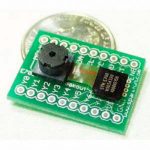
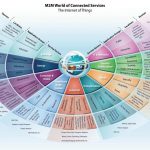

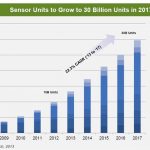
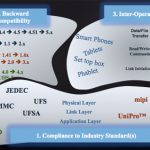

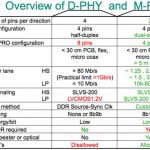
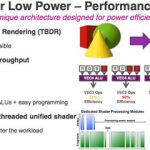
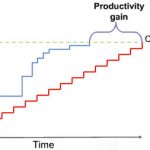
Moore’s Law Wiki